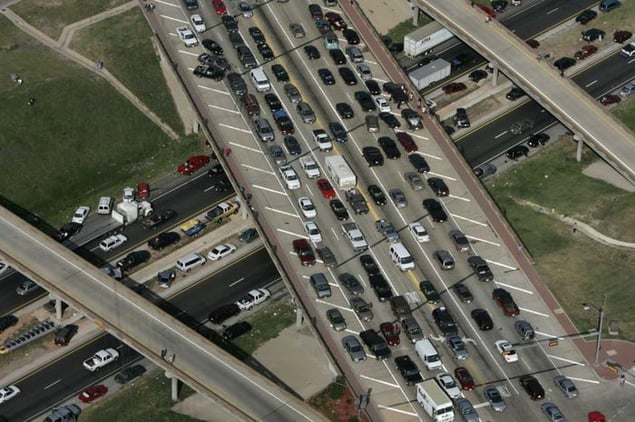We're hearing a lot these days about reducing greenhouse gases. In the new report "On the Road Toward 2050: Potential for Substantial Reductions in Light-Duty Vehicle Energy Use and Greenhouse Gas Emissions," MIT professor of mechanical engineering John Heywood lays out a game plan. BP, Chevron, Concawe, the Department of Energy U.S.-China Clean Energy Research Center’s Clean Vehicle Consortium, the MIT Joint Program on the Science and Policy of Global Change, and the MIT Portugal Program provided support for Heywood's report.

The report names road vehicles as key to addressing the climate change challenge, mostly due to petroleum consumption and greenhouse gas emissions. Heywood’s plan focuses on three-steps light-duty vehicles, cars and light trucks:
- Improve existing systems and technologies for short-term benefits
- Conserve fuel by changing driver habits
- Create a transportation system that is less carbon-intensive
There is a sub-industry, led by Composite Advantage, that supports the nation’s transportation network contributes to the "go green" movement. FRP composite bridge components - decking, rebar and strengthening applications - have a substantially smaller carbon footprint than the steel and concrete materials commonly used. The amount of energy consumption and water needed to make FRP composite materials is also lower than that required to produce traditional products. And because the life cycle of FRP bridge components is twice as long as traditional products, composites themselves fall under the umbrella of all things green. A longer life cycle also means less drain on resources. Communities may need to replace or rehab an FRP component once as opposed to the regular maintenance or replacement that wood, steel or concrete require.
In the search to create solutions for greenhouse gas emissions, it’s essential to look at potential vehicle improvements - but equally important to look at what’s under them.

